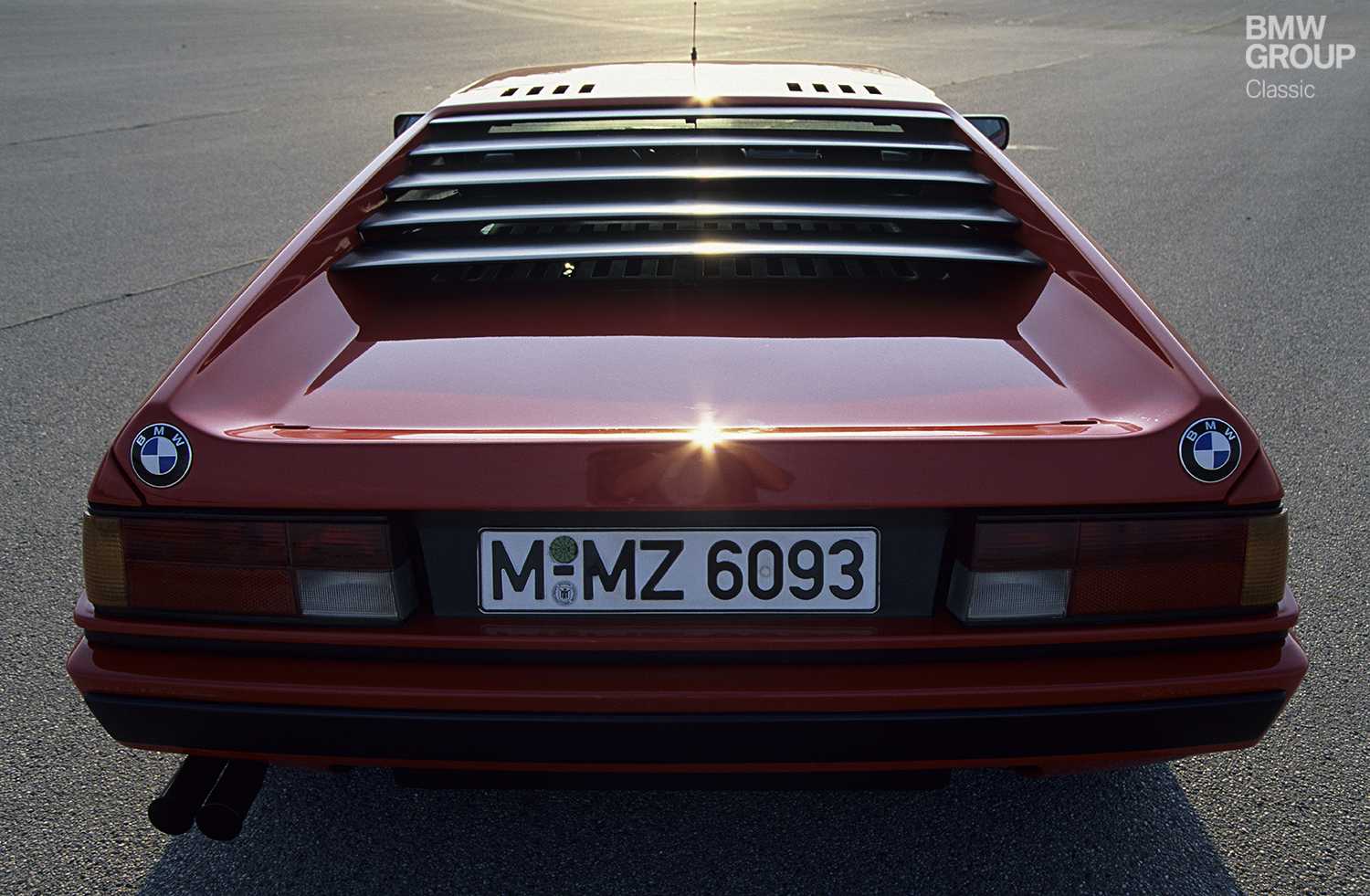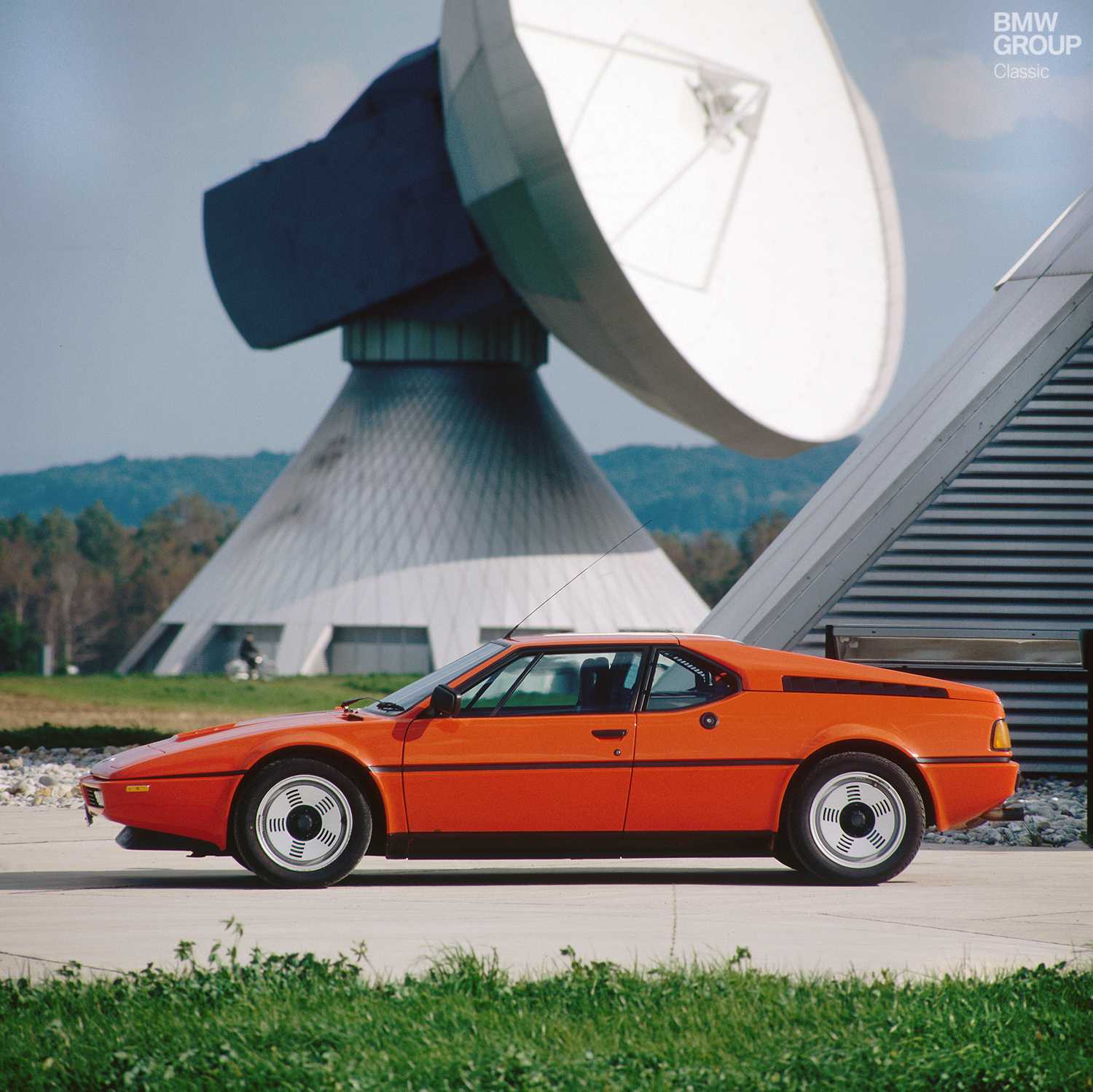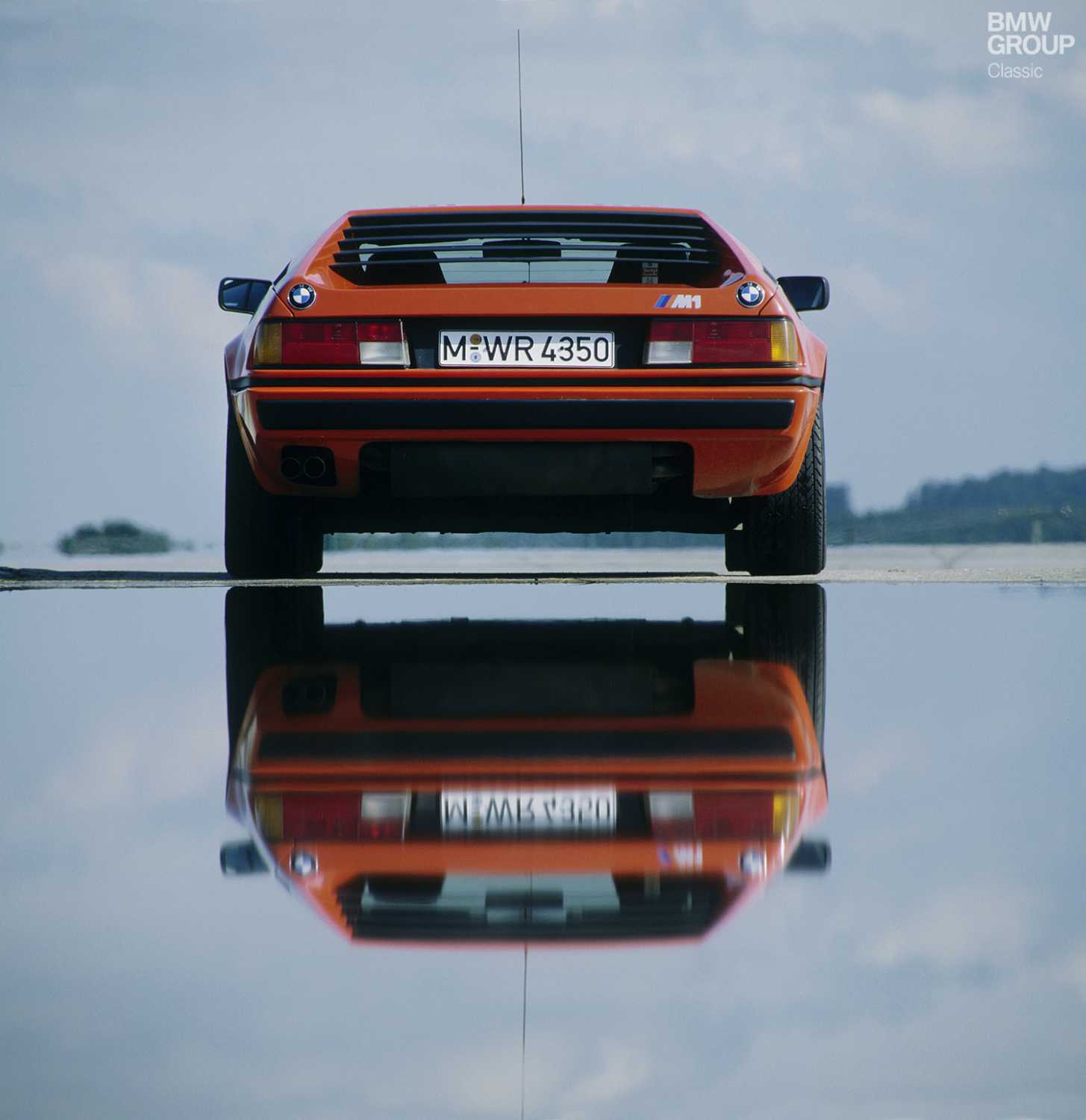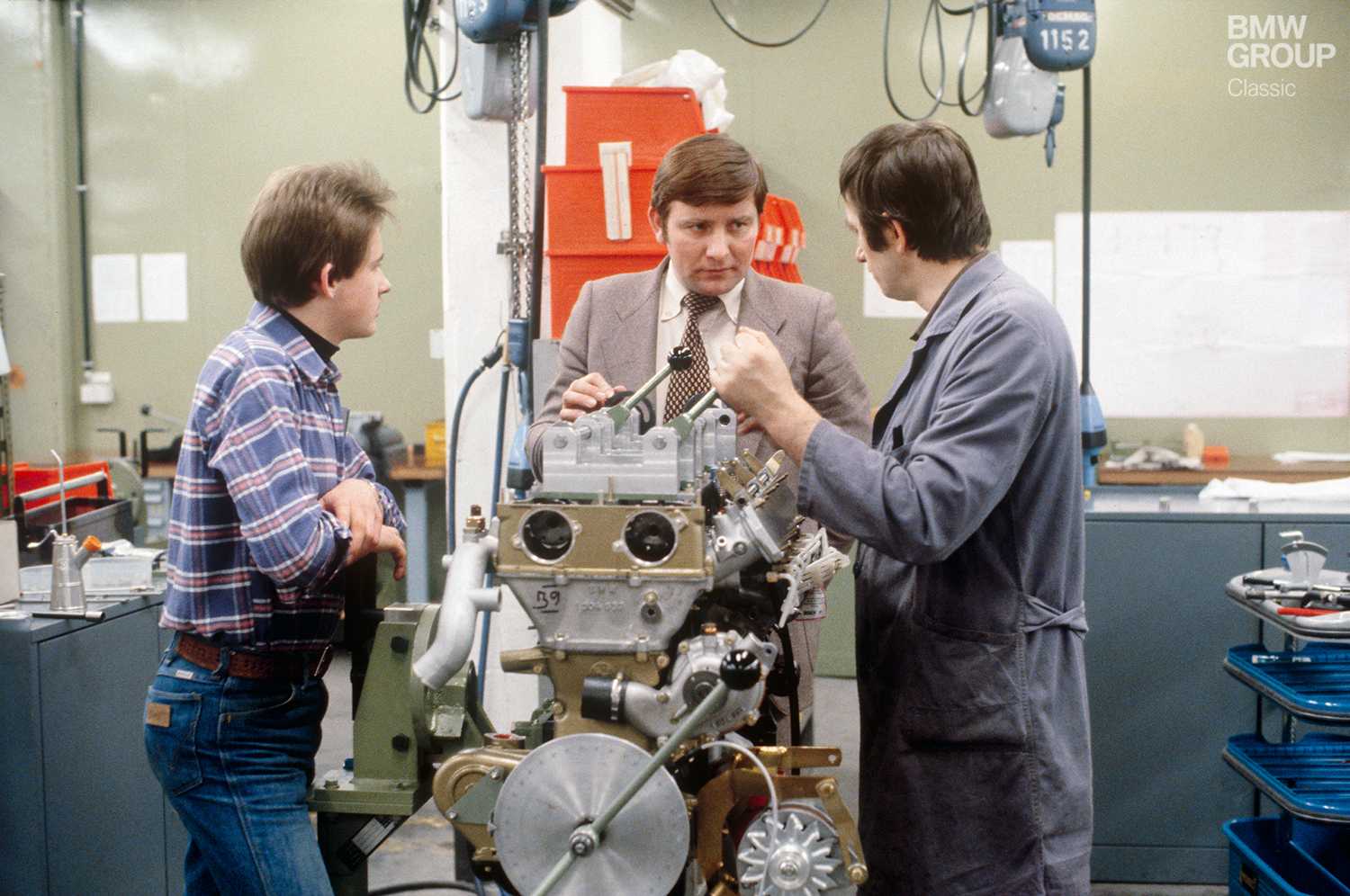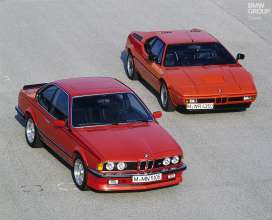This was the BMW that nobody saw coming. Wide, low and tugging at the automotive extremities, the M1 surged straight to the business end of the super-sports car action and caught road testers and car fans equally by surprise. On the road it set tongues wagging wherever it went. And on the track, the one-make Procar race series celebrated its very existence. The M1 cast BMW in a whole new light and the M flame continues to burn brightly to this day.
Automotive society has its very own class system. From the mass-market bottom rung, it’s a long way to the top of the ladder. And when you get to those upper reaches, every step is hard earned. Newcomers have it particularly tough; the unspoken question – has it really got what it takes? – quickly reaches deafening proportions.
A bolt from the blue
The super-sports car world is small and exclusive, and in the 1970s it was one where the Italians called the tune. Home to the world’s premier design studios and most illustrious marques, Italy was certainly well set up for the job in hand. Hence why BMW’s first thoughts for the M1 turned to a hook-up with Lamborghini, the Bavarians restricting themselves to the engine and drive assemblies. However, Lambo wasn’t the largest outfit at the time and, when push came to shove, couldn’t handle a project of this size. So M GmbH decided to do the whole thing themselves. It gave the job of manufacturing and assembling the plastic bodies to Baur in Stuttgart, extending a partnership that already stretched back decades. A run of 450 examples was planned for road use, but with a very different endgame in mind: the road car was to pave the way for a hot-heeled racing machine, one that would take the world’s fastest tracks by storm.
The power of six hearts.
At the epicentre of the M1 was a very special six-cylinder engine. In the production model it developed 277 hp and endowed the Giorgio Giugiaro-designed mid-engined two-seater with outstanding performance capability. The factory quoted figures of 0-100 km/h (62 mph) in 5.6 seconds, a top speed of 262 km/h (163 mph) and a kerb weight of around 1,300 kilograms for this 1.14-metre-tall wedge of BMW. Such numbers still make respectable reading today, but back then this was other-worldly stuff. A six-cylinder unit seemed to be rather under-egging matters in this class, but not when it came with all the engine-building craftsmanship that had made BMW great. And two overhead camshafts, four valves per cylinder and displacement of just under 3.5 litres definitely carried the whiff of motor sport.
The naturally-aspirated Group 4 version of the race model generated 470 horsepower, the Group 5 turbo version a mighty 850 hp. The scene was set for the start of the Procar all-M1 competition in 1979, with races held on the support programme for Formula One grands prix. The five highest-ranked F1 drivers were each handed a works car and thrown into battle against one another and a line-up of independent teams. The Procar series lasted for two years, Nicki Lauda emerging victorious in 1979 and Brazil’s Nelson Piquet taking the honours the following year. The winners were also presented with a road-going M1 as reward for their endeavours.
House-trained for the road.
In the 25/1978 issue of German motoring magazine auto motor und sport, road tester Götz Leyrer declared himself most impressed by the M1 and praised a level of everyday practicality rarely found in this class, including a proper, usable boot. Comfort-enhancing features on board included air conditioning – a surprise equally as pleasant as the car’s sky-high cornering limits. The BMW M1 could pull almost 1 g, which in practice meant “there was probably no other car on the road that could live with it through the twisty stuff.” The M1 was given a price tag as round as its body was straight: 100,000 marks.
There was to be no successor to the BMW M1, the intervening years filled instead with the afterglow of a bold foray into the super-sports class and evidence of what BMW could do when the mood took it. However, the market for such elite machines was and still is small. As an investment, the M1 has proved a shrewd purchase; these are highly prized cars and regularly fetch handsome sums. But better still is the pleasure they give their proud owners. The internet has many fine stories to tell about the powerful slice of Munich that caught everyone so cold. This M really was a letter sent by the sporting gods.
Check out the following videos on YouTube:
https://www.youtube.com/watch?v=WdzKJ1DwG20
https://www.youtube.com/watch?v=JxQCt86M_CE
When Top Gear tested the M1:

